Book review: We Are the Beasts, by Gigi Griffis
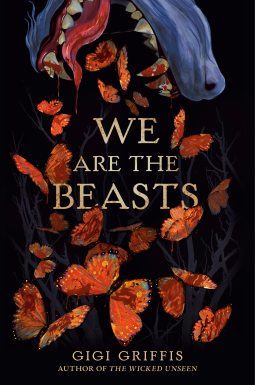
“I love this book. I love the vividness of its prose, from the immediacy of the opening, when Joséphine is trying to save a lamb that fell partway down a cliff, to her simmering anger at a soldier’s eating three days’ worth of lentils at one meal, to the dread invoked by a swarm of butterflies, and much more.”
Book Review: Someone You Can Build a Nest In, by John Wiswell
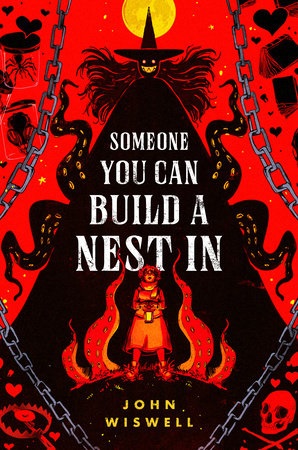
You see, the protagonist/narrator is a shapeshifting monster who keeps rebuilding her body from the remnants of defeated enemies, but a lot of the people she deals with are monstrous in their own ways. … and when she meets a uniquely likeable and caring woman, Homily, and tries to help her and communicate with her instead of just eating her, readers like me end up cheering for both of them.
Paperbacks from Hell #2: WHEN DARKNESS LOVES US by Elizabeth Engstrom
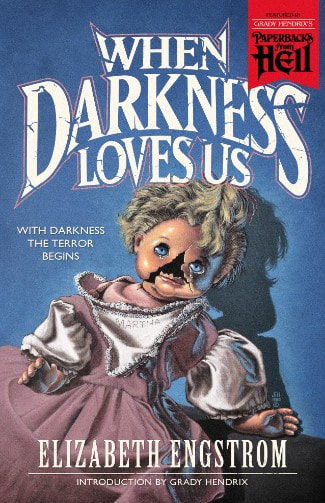
Two very different types of horror stories, the novellas are linked by female protagonists who struggle to survive the difficult situations of their lives and maintain control and choice in directing their futures.
Movie Discussion: Lore (2023)
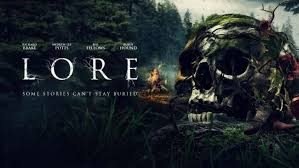
Daniel: Somehow I went into this not realizing it was an anthology film. Aside from the title and knowing it was labeled horror and would have some kind of supernatural element, I knew nothing. The opening shot of the countryside is gorgeous and the music by Benjamin Symons I think is fantastic from that very start. From those vibes I figured this would be some sort of folk horror. And as the credits rolled over the opening scene/dialogue there was nothing obvious to say “this is the start of an anthology wraparound”… Shaun: I also found myself surprised by the setup. The anthology format is hardly new to horror, as I’m sure you (and our mutual Skiffy friend David) well know. The film that Lore immediately brought to mind was Twilight Zone: The Movie (1983), but unlike that somewhat controversial anthology film, Lore‘s setup is a story unto itself. Our band of young thrill seekers believe they’re on a new and unique horror adventure into the woods not realizing they might be part of something else. What that is could be a creepy old man’s story, a cleverly craft bit, or possibly a horror unto itself. This is probably my favorite part of the film: its frame narrative. And that frame – a group of thrill seekers telling ghost stories around the campfire – made me think of another horror anthology in TV form: Are You Afraid of the Dark? (1992-2000; 2019-2022). However, turning that frame into something more than just people telling stories is, I think, where this film offers an interesting deviation. Wholly original? No idea. But interesting nonetheless. Daniel: I completely agree with that all, and that’s another thing that surprised me about Lore, that I loved the frame story wrap-around. Normally it’s the structural part of anthology films that I find not holding up on its own, of being forgettable in place of holding up the main stories featured. Like you say, here it becomes an interesting link to all the stories, and nostalgically creepy/enjoyable in its own right. A good chunk of that success also comes from Welsh actor Richard Brake, a horror staple who will be familiar to fans of Rob Zombie’s horror movies. Here he is playing Darwin, that old man who runs this mysterious haunted experience in the woods, “a once-in-a-lifetime experience [that] will stay with [those thrill-seekers] for a lifetime.” He gets some great lines. With his sinister smile and chuckle he introduces the characters – and we the audience – to what will go on at this haunted experience. The tour has a custom within these woods, land where over three thousand ancient bodies of unknown origin were found buried by archaeologists. Each member of the tour takes a wooden totem from Darwin, burns it within a fire, and tells their ghost story, a fable that haunts them, a tale to feed the dead, the evil. This opening, the intervening segments, and the conclusion just perfectly capture a spooky atmosphere for this time of year. With the first totem tossed in, the first tour attendee begins his tale: “Shadows”. Shaun: I think the more interesting thing about Richard Brake’s performance is not that sinister smile he is known for but the atmosphere he creates before and after each of the tales. For me, the film was most compelling in these moments because we, the audience, are on a similar journey as the characters. Is he for real? Or is this just an act? I figured out the answer before the end, but it was fun feeling like I was on the same thrill experience as everyone else. As for the first of the stories, “Shadows,” I thought it was an interesting way to set the tone and form of our stories. These are reflective of what you’d experience around the campfire: stories that have a theme or plot but might be a bit rough around the edges. We don’t tell perfect tales in oral storytelling, after all. “Shadows” is probably the most complete and tonally consistent of the four for me. Here we get Daniel (hey, it’s you) played by Primeval alum Andrew Lee Potts (who remains adorable) who is being chased by a pair of gang muscles (Steven Blades as Terry, and Daniel-John Williams as Barry). While hiding in a warehouse, he is seemingly rescued by some kind of twisted, monstrous creature. What follows is your typical horror monster survival story, but one that I thought was particularly well acted by Potts, who is believably terrified and desperate. I won’t ruin the ending – the twist is genuinely interesting – but I will say that I enjoyed this tale the most. Daniel: The brief disappointment that I felt for leaving the campfire story gave way to my being drawn into “Shadows.” I think it’s because it starts mid-action with a simple setup, and, as you say, the acting is really compelling. As the story is revealed to be a monster or ‘creature feature’, I was glad to see they weren’t shying away from a bit of gore and balancing the seeing of the horror/monster with moments where that is merely glimpsed or implied. The other chapters that follow continue that balance well also. I did find the ending of this story to be the most compelling, and so I would agree with “Shadows” being the most complete of all the stories in Lore. However, I think that each of them are equally tonally consistent within themselves. It’s just that each story has a unique tone and draws of course from a particular sub-genre or trope of horror. The second story, “The Hidden Woman,” switches things to the Haunted House corner of horror. From the opening shot of the house, we’re clear on the basic story and tropes we should expect here. Hannah (Jennifer K. Preston) and her son Charlie (Theo Preston) move into this creepy home that they’ve inherited from her mother. They soon find they aren’t alone
787. From Hell It Came (1957) — Torture Cinema #145
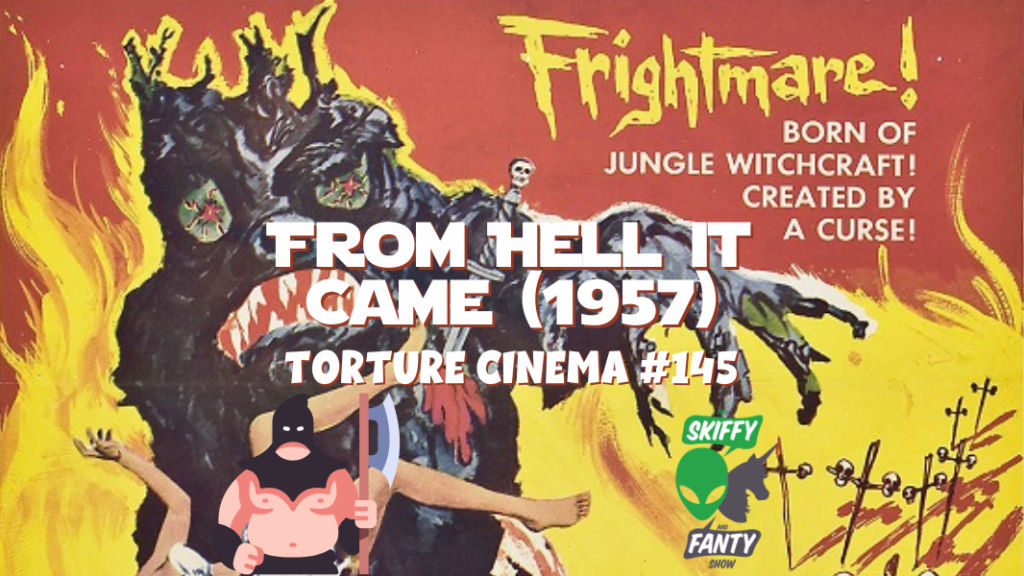
https://media.blubrry.com/skiffyandfanty/dts.podtrac.com/redirect.mp3/archive.org/download/sand-f-787-from-hell-it-came/SandF_787_FromHellItCame.mp3Podcast: Play in new window | DownloadSubscribe: Apple Podcasts | Spotify | Android | Email | TuneIn | Deezer | RSSVengeful trees, casual colonialism, and confusing scientific romances, oh my! Shaun Duke, Trish Matson, and David Annandale join forces to discuss 1957’s From Hell It Came! Together, they tackle the film’s 1950s vibes, lessons for how best to kill a tree monster, and questionable colonial ethics. Plus much more! Thanks for listening. We hope you enjoy the episode!
Book Review: CRYPT OF THE MOON SPIDER by Nathan Ballingrud
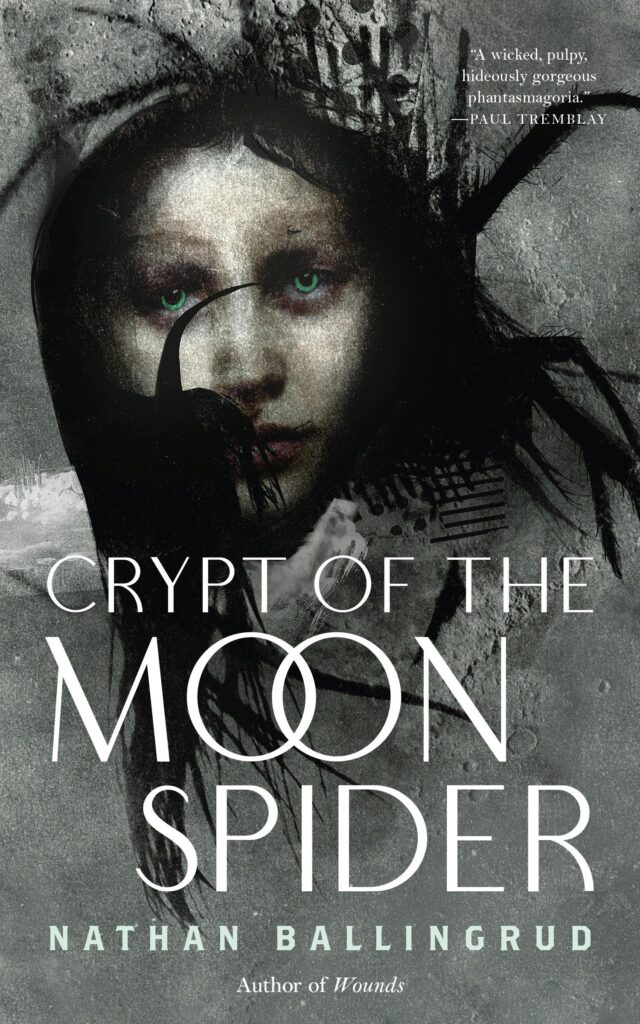
Gothic creepiness pervades the entirety of the novella, with a self-contained story whose characters and plot perfectly fit into the strengths of that format’s length.

